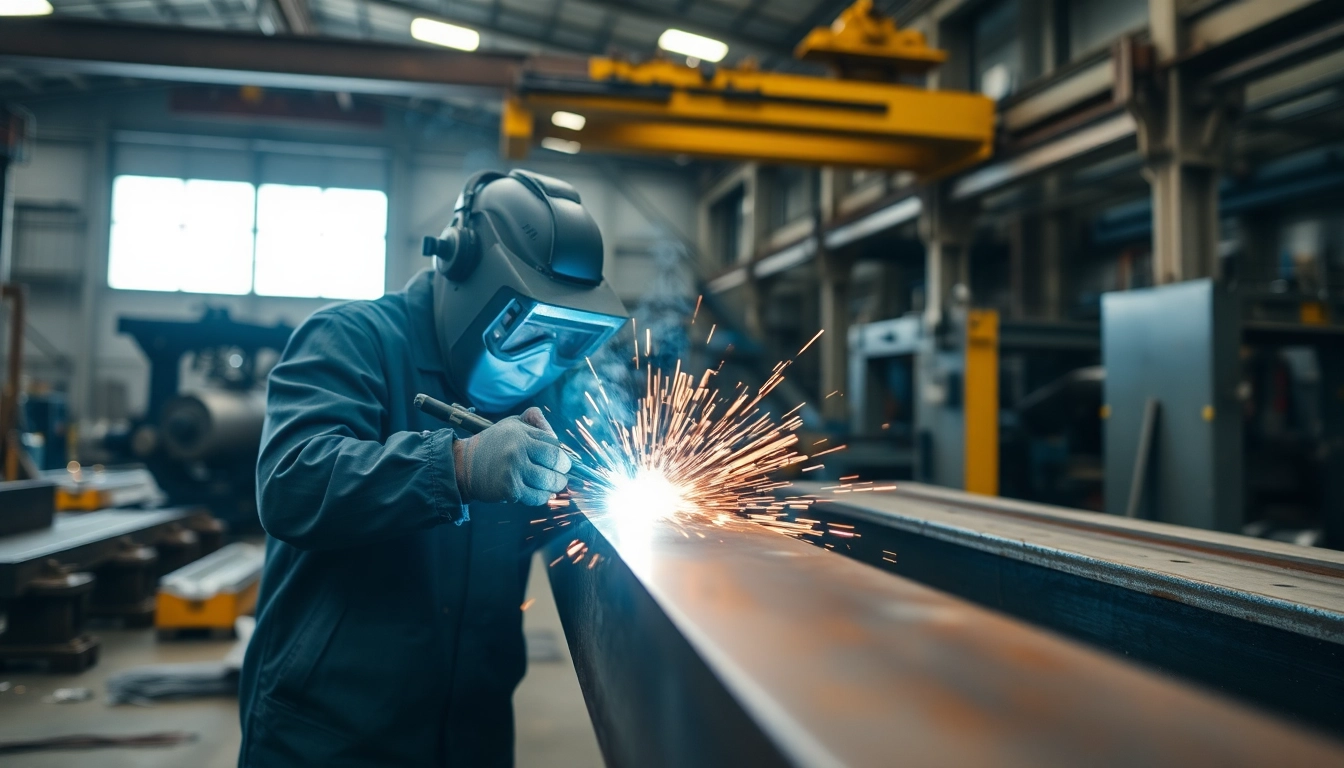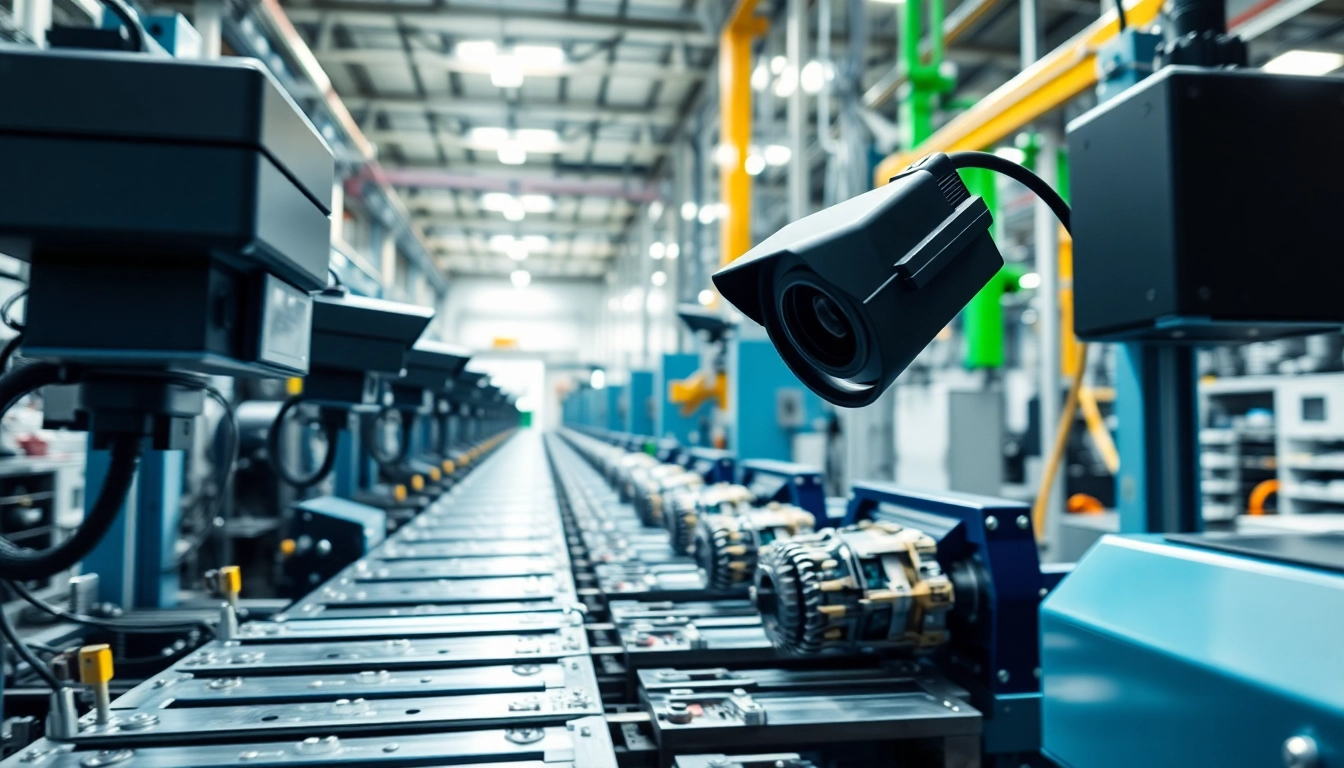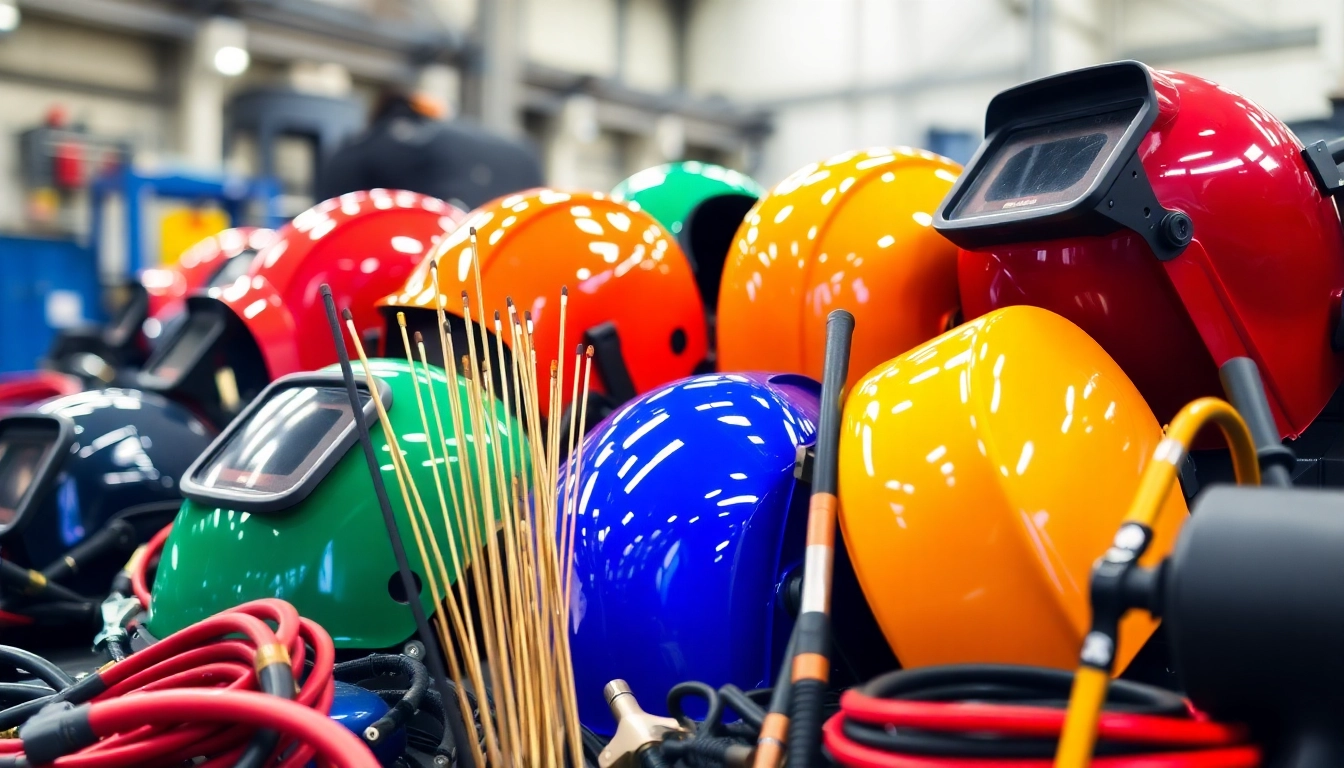Introduction to Structural Steel Welding
Structural steel welding is a technique widely used in the construction industry to create strong and durable frameworks that can withstand various stresses. This process involves joining steel components together, creating the backbone of buildings, bridges, and other structures. Given its critical importance, understanding the different aspects of structural steel welding, including techniques, applications, and safety measures, is essential for anyone involved in the field. For in-depth insights on successful structural steel welding practices, keep reading.
Definition and Importance of Structural Steel Welding
Structural steel welding is the process of joining steel parts using heat and sometimes pressure, often with the addition of a filler material. This technique is crucial because it creates strong, continuous joints in structural elements such as beams, columns, and trusses. The strength and integrity of these welds are vital to a structure’s overall performance and durability, making the quality of welding a fundamental concern in engineering and construction.
Common Applications in Construction
Welding is employed across various sectors within the construction industry. Common applications include:
- Building Frameworks: Welded steel frameworks serve as the skeleton of buildings, providing structural support and resistance against seismic events.
- Bridges: Structural steel welding creates tremendous load-bearing capacity, essential in bridge construction where heavy traffic loads are present.
- Industrial Structures: Factories and warehouses frequently utilize welded steel components for their robust and versatile nature.
- Retrofits and Repairs: Welding allows for effective upgrades and repairs to existing structures, enhancing their lifespan and safety.
Basic Welding Techniques and Tools
The basic tools and techniques for structural steel welding can vary significantly based on the method chosen, but essential components typically include the following:
- Welding Machines: Depending on the method, this can include MIG welders, TIG welders, or stick welders.
- Personal Protective Equipment (PPE): Helmets, gloves, protective clothing, and safety shoes are essential to ensure safety while welding.
- Filler Material: Various filler materials are used depending on the welding method and application, including wires and rods.
- Welding Positioners: These help keep the workpiece in place for better access and control.
Types of Structural Steel Welding Methods
Arc Welding Techniques
Arc welding is one of the most common welding techniques utilized in structural steel welding. It involves creating an electrical arc between the electrode and the steel to melt the base metal and filler. Key arc welding techniques include:
- Shielded Metal Arc Welding (SMAW): Also known as stick welding, SMAW is versatile and portable, ideal for outdoor applications.
- Submerged Arc Welding (SAW): This method is utilized for its high deposition rates and is often used in industrial-heavy welding projects.
- Gas Metal Arc Welding (GMAW): Known as MIG welding, GMAW is widely used for its speed and adaptability to various materials.
MIG and TIG Welding Methods
MIG (Metal Inert Gas) and TIG (Tungsten Inert Gas) welding are frequently applied in structural steel welding due to their specific advantages:
- MIG Welding: This method is appreciated for its ease of use and speed. It uses a continuous wire feed to produce a strong weld.
- TIG Welding: Although slower and more labor-intensive, TIG welding provides superior control, making it ideal for precision work and high-quality finishes.
Flux-Cored Arc Welding
Flux-Cored Arc Welding (FCAW) is a variant of MIG welding that provides enhanced efficiency in flat and horizontal positions. With an inner core that contains flux, FCAW creates a shielding gas that protects the weld from contamination. It’s a favored method in construction environments where speed and flexibility are crucial.
Choosing the Right Welding Technique
Factors Affecting Technique Selection
Choosing the right welding technique for structural steel welding involves considering several important factors:
- Material Type: The type of steel and any coatings affect the choice of welding method.
- Weld Thickness: Thicker sections will often require methods capable of delivering higher heat and penetration.
- Environmental Conditions: Outdoor work, especially in windy conditions, may necessitate more robust processes like FCAW or SMAW.
- Project Requirements: Specific standards or aesthetics can influence method selection.
Pros and Cons of Each Method
In evaluating welding methods, it’s essential to consider their respective advantages and disadvantages:
- SMAW:
Pros: Versatile and effective for outdoor use. Cost-effective.
Cons: Produces more spatter and requires more cleanup.
- GMAW:
Pros: Faster and cleaner welds, minimal post-weld cleanup.
Cons: More costly equipment and less effective in windy conditions.
- FCAW:
Pros: High deposition rate and less susceptibility to wind.
Cons: Produces more fumes and may require additional ventilation.
Safety Considerations in Structural Steel Welding
Safety is paramount in structural steel welding due to the potential hazards involved. Recommended safety measures include:
- Proper PPE: Always wear appropriate protective gear including welding helmets, gloves, and protective fabrics.
- Ventilation: Ensure adequate ventilation to minimize exposure to hazardous fumes.
- Fire Precautions: Since welding involves high temperatures, implement fire safety protocols, including having fire extinguishers nearby.
- Training and Supervision: Ensure that all personnel are properly trained in welding techniques and safety protocols.
Standards and Certifications for Structural Steel Welding
Overview of Welding Codes and Regulations
Adhering to established welding codes and standards is essential for ensuring weld quality and structural integrity. Key regulatory bodies such as the American Welding Society (AWS) establish guidelines that must be followed in various welding applications. Important standards include:
- AWS D1.1: The Structural Welding Code, covering steel welds.
- ISO Standards: International standards related to welding and fabrication methods.
Importance of Certifications in the Industry
Certifications ensure that welders maintain a certain skill level and adhere to industry safety and quality standards. Certifications from recognized bodies demonstrate competence in welding techniques and are often required for specific projects, particularly in public infrastructure, where safety is a top priority.
Best Practices for Compliance
To maintain compliance with welding standards, it’s essential to implement the following best practices:
- Regular Training: Continuous education and hands-on training to ensure skills remain sharp and updated with industry changes.
- Documentation: Keep thorough records of all welding operations, including inspection reports and certifications.
- Quality Control: Establish strict quality control measures throughout the welding process to detect and correct defects early.
Future Trends in Structural Steel Welding
Evolving Technologies in Welding
The welding industry is on the verge of significant transformations due to technological advancements. Innovations like advanced welding processes, such as laser welding and plasma arc welding, promise increased efficiency and precision in applications. Moreover, the adoption of smart welding techniques, which integrate sensors and IoT capabilities, allows for real-time monitoring and adjustments to enhance weld quality.
Impact of Automation and Robotics
With the advent of automation and robotics, the structural steel welding landscape is evolving rapidly. Automated welding systems offer consistent quality and increased speed, significantly improving overall productivity. As skilled labor becomes more challenging to find, robotics can help bridge the gap, allowing for high-quality welds in high-demand manufacturing environments.
Environmental Considerations and Sustainability
As environmental sustainability becomes paramount for industries worldwide, the welding sector is also focusing on reducing its ecological footprint. Emerging trends include:
- Use of Eco-Friendly Materials: The industry is exploring the use of recyclable materials and eco-friendly filler substances.
- Energy-Efficient Processes: Technologies that minimize energy consumption during welding operations are being prioritized.
- Waste Management: Implementing robust waste management strategies to handle byproducts and reduce pollution.



